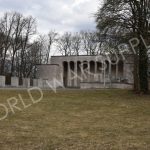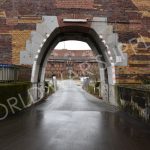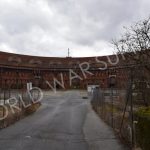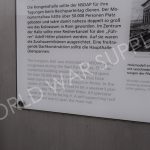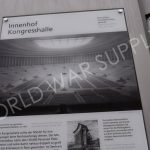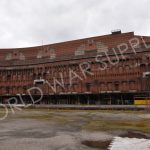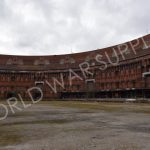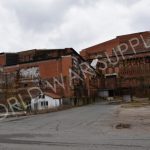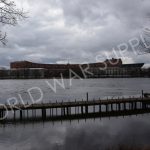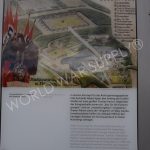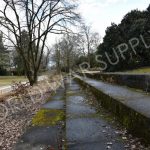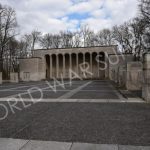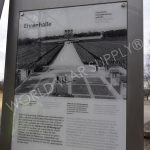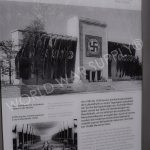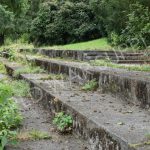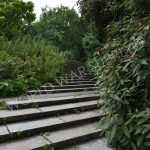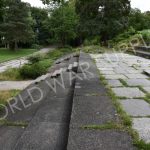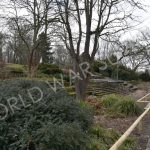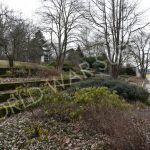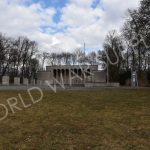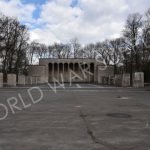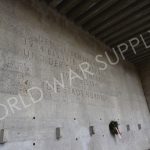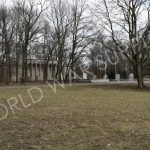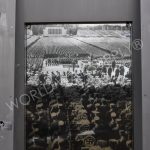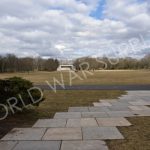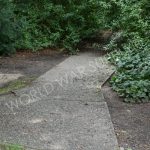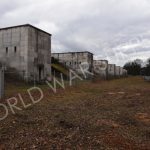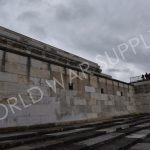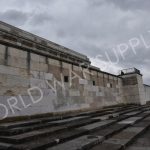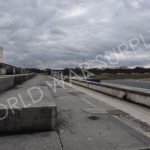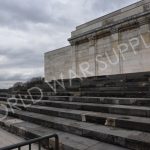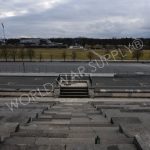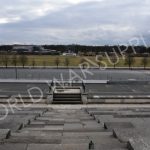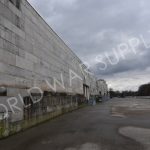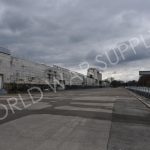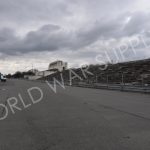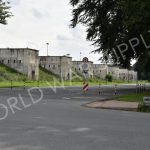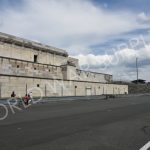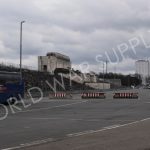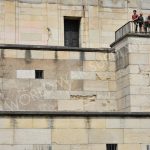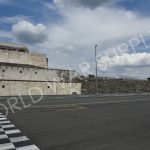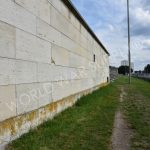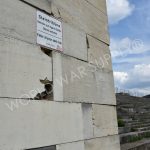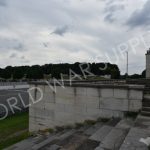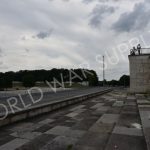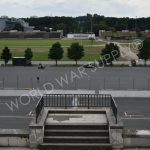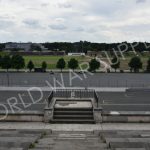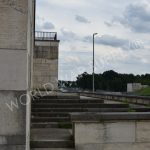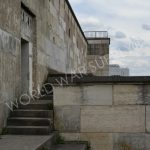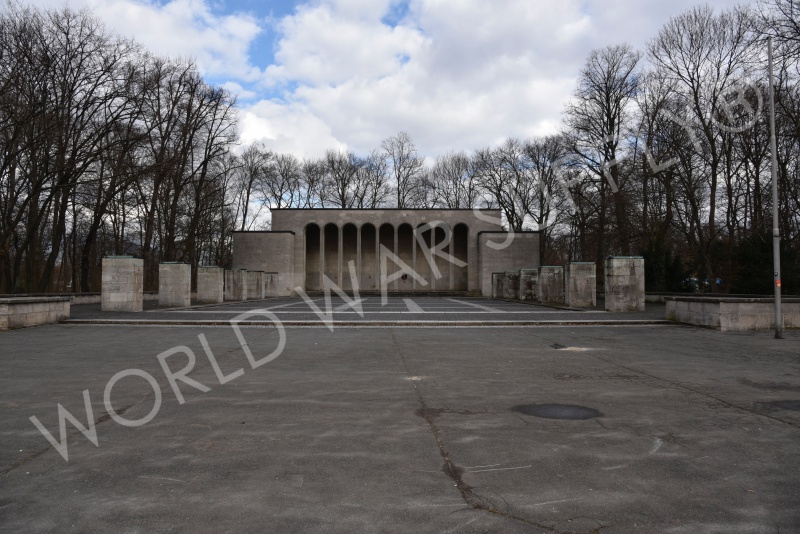
15 Jan Nazi Rally Grounds
History
NUREMBERG, GERMANY – The Nuremberg Rally Grounds are a series of buildings and areas in Nürnberg, Germany that held the Nazi Party Rallies from 1933 to 1939.
In January of 1923, the first Nazi Party Rally was held in Munich. Another rally in September of the same year, however, moved the event to Nuremberg. Except for the 2nd Party Congress rally happening in Weimar, all subsequent rallies were held in Nuremberg which became known as the “City of Nazi Party Rallies” by Hitler in 1933.
The most well-known rallies were those held between 1933, when Hitler seized power, and 1939, at the outbreak of World War II. These were grandiose events held in August or September, each lasting for a few days to a week. The events were seen by hundreds of thousands from both members of the Nazi Party and from the outside. Those present could expect blaring overtures, militaristic displays, swastika formations, and verbose speeches from Adolf Hitler.
The rallies were used extensively for propagandist purposes. Nazi films like Triumph of the Will encapsulated how the Nazi Party Rallies were held in Nuremberg.
In 1933, construction of the rally buildings began in southeastern Nuremberg. The architecture was meant to be both imposing and impressive. Albert Speer was Hitler’s architect of choice for the grounds from 1934, but he was constantly picky about every detail of the grounds. Much of the labor used to build the Nuremberg Grounds came from forced labor. The Nazi Party had already established concentration camps by 1933, and worked people in terrible conditions, often to death.
There are 23 distinct areas of the Nuremberg Rally Grounds. While much was planned, only a portion was built and completed. A list of the most notable features are as follows:
Zeppelinfeld Grandstand and the Zeppelin Field: Two of the most recognizable parts of the Rally Grounds. The Grandstand was modeled after the Permagon Alter, and the Field itself was larger than 12 European football fields. On the 22 of April 1945, American troops held their victory over Germany parade at the Grandstand, blowing up the swastikas.

Märzfeld: The March Field was a planned area that was supposed to hold 250,000 spectators to watch military drills and tactics by the Wehrmacht or German army. The main building was never completed, and additional towers were demolished in 1967.
Kongresshalle: The Congress Hall was supposed to be a building for the Party Congress; its design based on the Roman Colosseum. Construction started in 1935, and the building was supposed to fit 50,000 occupants. It was never finished, yet it is one of the largest remaining structures of the Nazi Era.

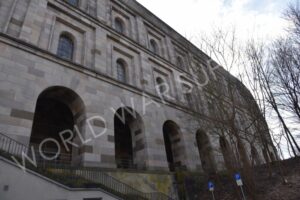
Strength Through Joy City: An area of wooden beer halls and theaters that sat to the east of the Rally Grounds. Most of the structures were moved to Nuremberg from Berlin, after the 1936 Olympic Games. The area is now the training grounds for 1. FC Nürnberg.
Luitpoldarena: A parade field next to the older Luitpoldhalle. It had one grandstand, two bronze eagles, and three enormous banners. The arena could fit 150,000 people and contained a memorial monument which was connected by the “Avenue of the Fuhrer” to the speaker’s platform.
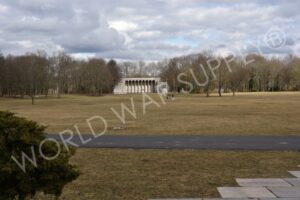

Luitpoldhalle: The “Old Congress Hall,” originally an exhibition hall from 1906, has space for 16,000 people. It was used by the Nazi Party for their congress meetings during the rallies. Heavy bombing from WWII greatly damaged the building, eaHand eventually, it was demolished.
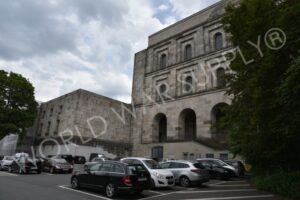
Große Straße: The “Great Road,” or “Parade Avenue,” is a parade road that is about 2 kilometers long. It led from the Märzfeld to the Luitpoldarena. It was meant as a symbol of linkage between the Rally Grounds and the rest of Nuremberg but was never used.
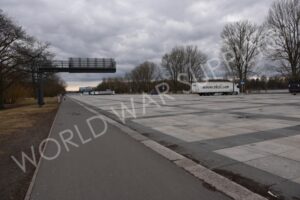
Deutsche Stadion: The “German Stadium,” a planned super stadium that was to be the largest in the world. This stadium was supposed to house more than 400,000 people and be the home of the National Socialist Olympics, only for the German people. It was supposed to be 130 meters tall (over 400 feet). The cornerstone and basic foundation were laid in 1937 at Silbersee Lake and nothing was ever built further.
After the war, the Nuremberg Rally Grounds were handed to the city of Nuremberg. Some areas were recycled into civilian use, a warehouse is located at the remains of the Kongresshalle, and the Hitler Youth stadium has been transformed into the modern Frankenstadion. The remains of other rally ground structures are under protection and serve to teach about Germany’s Nazi past.
Post By: Haralambos Missler


